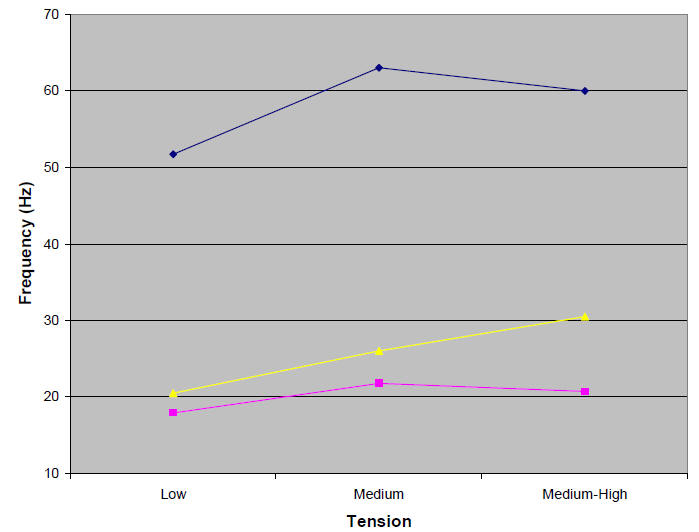Correlation between Belt Natural Frequencies and Vibration Spectra
Lin Liu & Suri GaneriwalaSpectraQuest Inc., 8227 Hermitage Road, Richmond, VA 23228
Published: May, 01 2005
Abstract
In this tech-note, we study the following: how the natural frequencies get excited for belts in differing lengths, correlation between machine operating speed and natural frequency excitement, whether natural frequencies show up in the vibration spectra, belt dynamic stiffness versus static stiffness, and belt length effect on excitation and RPM.
Introduction
All tests were done on SpectraQuest's Machinery Fault Simulator (MFS) using two A30 (30 inches long) and two A42 (42 inches long) belts. Data was acquired using SpectraQuest's SpectraPad portable data acquisition system, and analysis was performed with VibraQuest software. Two single axis accelerometers and one tri-axial accelerometer made by IMI, and one Monarch strobe light were also used during the test. In order to eliminate effects of gearing mechanism, the belts were mounted directly on a block which was mounted on a sliding platform. The platform could be easily moved to adjust the belt tension.
To excite resonances in the belts, we tried to put tape on the upper sheave, and a metal ball was taped to each belt. But it did not excite the belt resonance frequency up to 5000 RPM. In the end, we had to tape two metal balls on the belts to excite the resonance within the speed range of operation.
![]()


Fig 1: Comparison for MFS Speed, Belt Speed and Resonance Frequency, 42-inch Inner Belt





